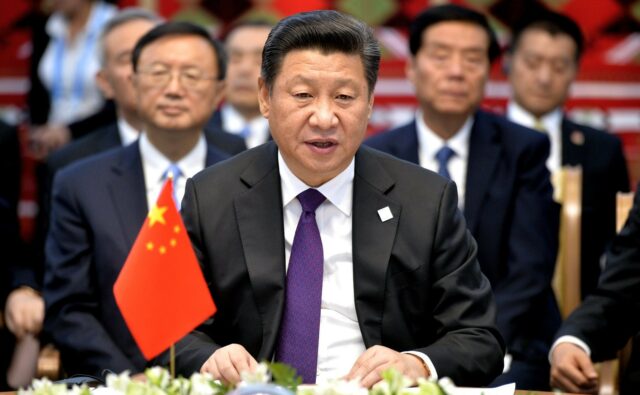NEW DELHI: In recent days, there has been a fair amount of comment in the media on the mobilisation orders issued by China, with attempts to link it with the developments along the Line of Actual Control (LAC) between China and India since early May this year. These reports are generally misinformed.
China commenced the issue of mobilisation orders in 2018 when the first one was issued. The mobilisation order issued in January 2020 was the third to be issued. It was signed on January 2, 2020 by Chinese President Xi Jinping, who is Chairman of the Central Military Commission (CMC) and in April 2016 also designated himself Commander-in-Chief of the People’s Liberation Army (PLA) Joint Operations Command. These orders are omnibus and general in nature and are not specific to a particular service or any specific country.
Earlier it would be Mao Zedong and his close advisors who would decide on a military operation and, once a general outline of objectives and strategy were discussed, the PLA General Staff Department would formulate plans for implementation by the commanders. Today the decisions are communicated to the Central Military Commission (CMC) and Joint Staff Department after discussion and approval by the Politburo. The CMC Chairman and the two CMC Vice Chairmen who are also members of the Politburo provide the link. Specific orders are issued by the Central Military Commission (CMC) and Joint Staff Department. Theatre Commanders do not have the authority to carry out cross-border actions without approval of the CMC.
The mobilisation order issued in January 2020 focuses on military training and told the Chinese military to further strengthen its combat training and exercises this year. Listing the priorities in the PLA and People’s Armed Police Force (PAPF)’s training, the order directed the armed forces to adhere to ‘Xi Jinping Thought on Socialism with Chinese Characteristics for a New Era’ as their guiding principle and uphold ‘Xi Jinping Thought on Strengthening the Military’ as well as military strategies in the new era. It said the military must enhance the combat preparedness of troops, closely observe the moves of adversaries, exert all-out efforts to improve training and remain on high alert to ensure it is “always ready for and can win in any possible war”. It directed that training must be focused on elements leading to victory and thorough research must be done on operational goals, enemies and the combat environment.
The order mandated that units must concentrate on their missions and give more attention to emergency-response capabilities. They must strive to foster the ability to create a favourable situation on the front line, control possible crises, and contain or win in a war. It stated that training and exercises for joint operations must be priorities and that the military must strengthen the participation of civilians and new types of forces in systemic training. Xi Jinping has, incidentally, consistently stressed the importance of combat-readiness training and joint operations. Troops must inject more scientific and technological factors into training and carry out more mobilization drills. It said more exercises would be organised to examine and test the units’ command, planning, fighting and logistical capabilities. The order stipulated that officers and soldiers must follow training guidelines and that the authorities must strictly evaluate and supervise training and arrange skills contests.
Chinese military accounts do indicate, however, that these orders stipulating more intensified training and under harsh conditions have yielded results. A Major General of the PLA Rocket Force wrote in the PLA Daily (January 22) that ‘confrontation’ training in real combat conditions has become ‘a new normal’ for the PLA, which is entering a new realm and scaled-up phase. Conceding that there are many gaps in PLA’s current system of combat training, he said the ongoing series of reforms are leading the PLA in the right direction and would help it get ‘real combat’ experience and make it battle-ready.
There was a claimed upswing in training activities throughout the PLA after January 2, 2020. The PLA Daily reported that the 76th Group Army conducted Brigade-level exercises at altitudes of 4000 metres in the plateau region of Tibet to evaluate the combat command capability of commanders. Soon thereafter the Tibet Military Command began major military exercises in the high-altitude region bordering India. Conducted at elevations of more than 4000 metres, the exercises deployed helicopters, armoured vehicles, heavy artillery, anti-aircraft missiles and the latest Type-15 light battle tanks and 155 mm vehicle-mounted howitzers. Military exercises in Tibet with India as the target have increased considerably after the face-off at Doklam.
Major training exercises and at the level of higher formations, however, stopped due to the outbreak of the Coronavirus. These resumed only after the threat of the pandemic subsided and the PLA withdrew from assisting the medical effort at Wuhan, the capital of Hubei province.
(The author is a former Additional Secretary, Cabinet Secretariat, Government of India and is presently President of the Centre for China Analysis and Strategy. Views expressed in this article are personal.)
















